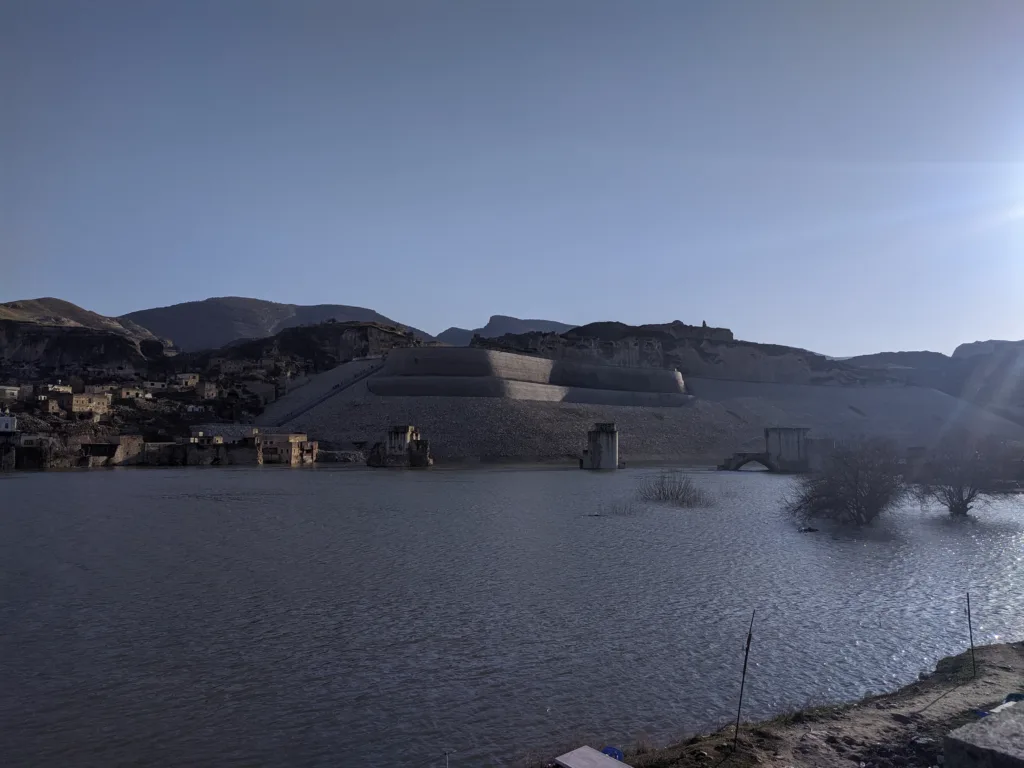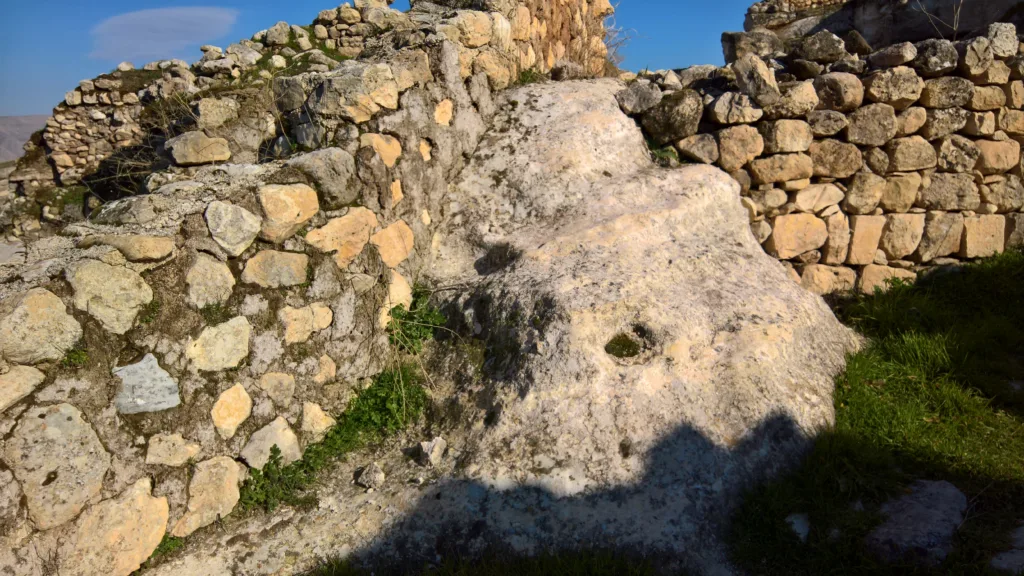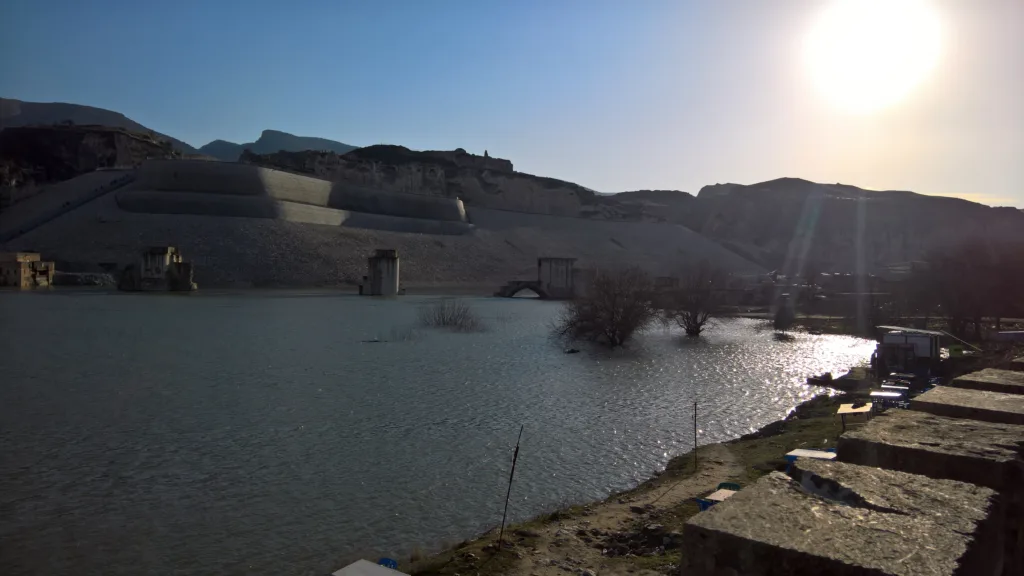Hasankeyf and the erasing of history
|
Getting your Trinity Audio player ready... |
The Ilısu Dam project, situated in the ancient city of Hasankeyf, is a key component of Turkey’s Southeast Anatolia Project (GAP). This monumental water project aims to harness the potential of the Euphrates and Tigris rivers beyond mere water storage.
Benefits and Controversies
The construction of the dam, within the Batman province, serves multiple purposes. It not only provides water to the cities of Batman, Mardin, Siirt, Şırnak, and Diyarbakir but also contributes approximately 4% of the country’s electricity production, as reported by local media. Furthermore, the dam carries potential secondary and wide-ranging consequences.
Erasing rival history, demoralizing Kurdish population, preventing PKK coordination with locals, controlling the region and producing energy and store water. The multiple advantages of the Ilısu Dam for the Turkish government.
Analysts
Geopolitical Implications and Political Conflict
The eastern region of Turkey, often referred to as “The Kurdish side,” has long been a hotbed of conflict. Diyarbakir, considered the Kurdish capital, has witnessed numerous attacks by the Kurdistan Workers’ Party (PKK), an armed group striving for regional independence and the establishment of a Kurdish state.

Cemal Özkahraman, a columnist from Ahval, highlights the military and political benefits of the dam. It would enhance control over the Tigris River valley, acting as a barrier between the Kurdish population and PKK, and hindering collaboration. This resonates with local Kurds opposing the dam’s construction.
The Multiple Impacts of Ilısu Dam
Özkahraman goes on to suggest that the project could impact Syria’s access to freshwater by regulating the river’s flow. Furthermore, when combined with other dams along the Turkish border with Syria and Iran, it provides Turkey with a significant resource advantage. Additionally, it establishes a natural border, effectively preventing attacks and extending Turkey’s geopolitical influence.
Reports from local media indicate that the construction of the lısu Dam has resulted in:
- The displacement of approximately 34,000 residents, affects up to 78,000 individuals.
- The submergence of 52 villages across 15 towns.
- Some of these submerged areas hold a remarkable historical heritage.
Of particular significance is Hasankeyf, with its 12,000-year-old history, earning it the status of a cradle of civilization. Recognizing its importance, Turkey granted Hasankeyf complete archaeological protection in 1978. While some assert that most historical artifacts and structures have indeed been relocated to higher ground in the new Hasankeyf, others vehemently contend the opposite viewpoint.
Residents argue, however, that the government displays minimal interest in preserving the site since it is not considered part of Turkish history but rather Mesopotamian. They even posit that the deliberate destruction of the archaeological site aims to:
Undermine the dignity of opposing actors by erasing their historical heritage
Cemal Özkahraman
Regardless of the reasons, the town, along with the bridge connecting old and new Hasankeyf, will soon be submerged. The relocated population will also lose their homes as they abandon their lives behind.






